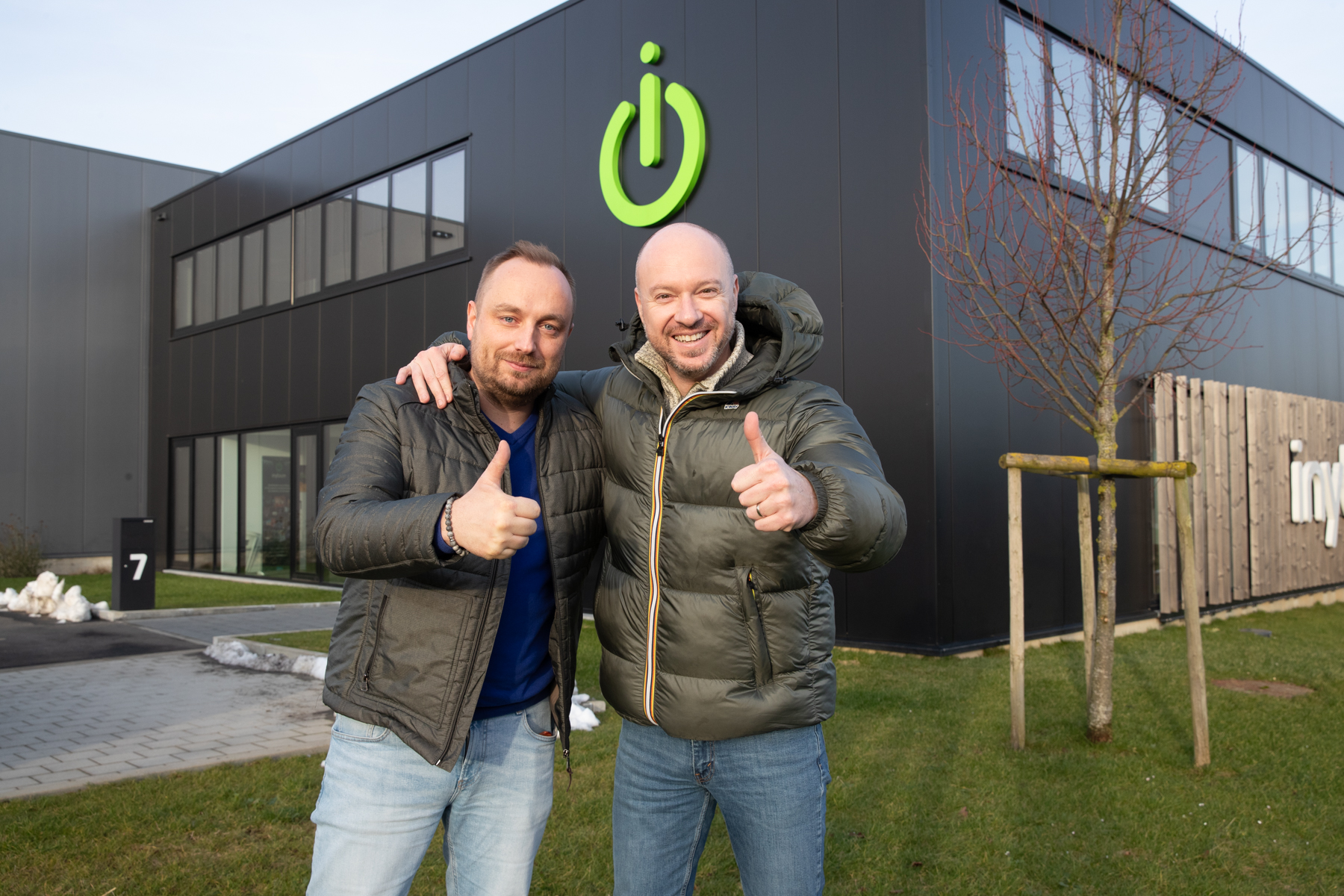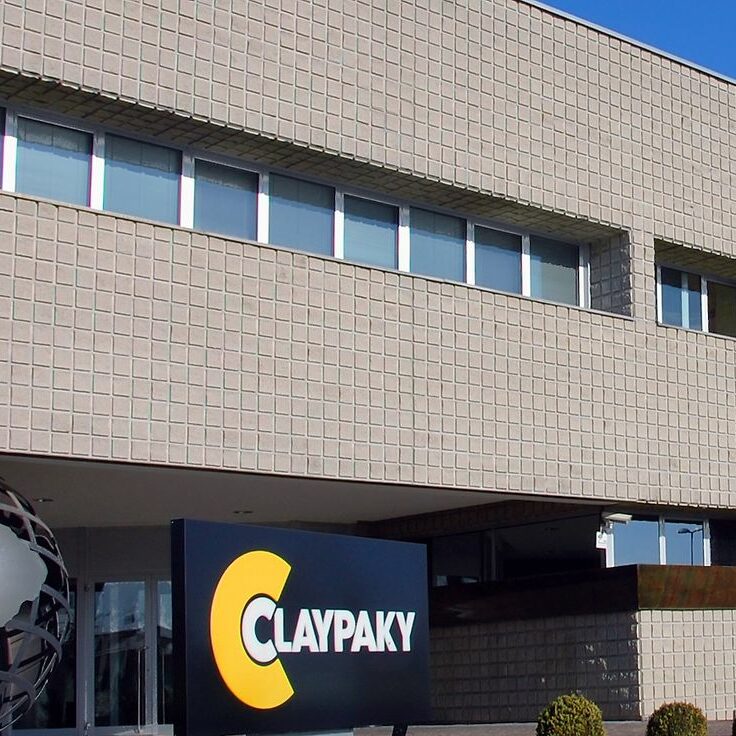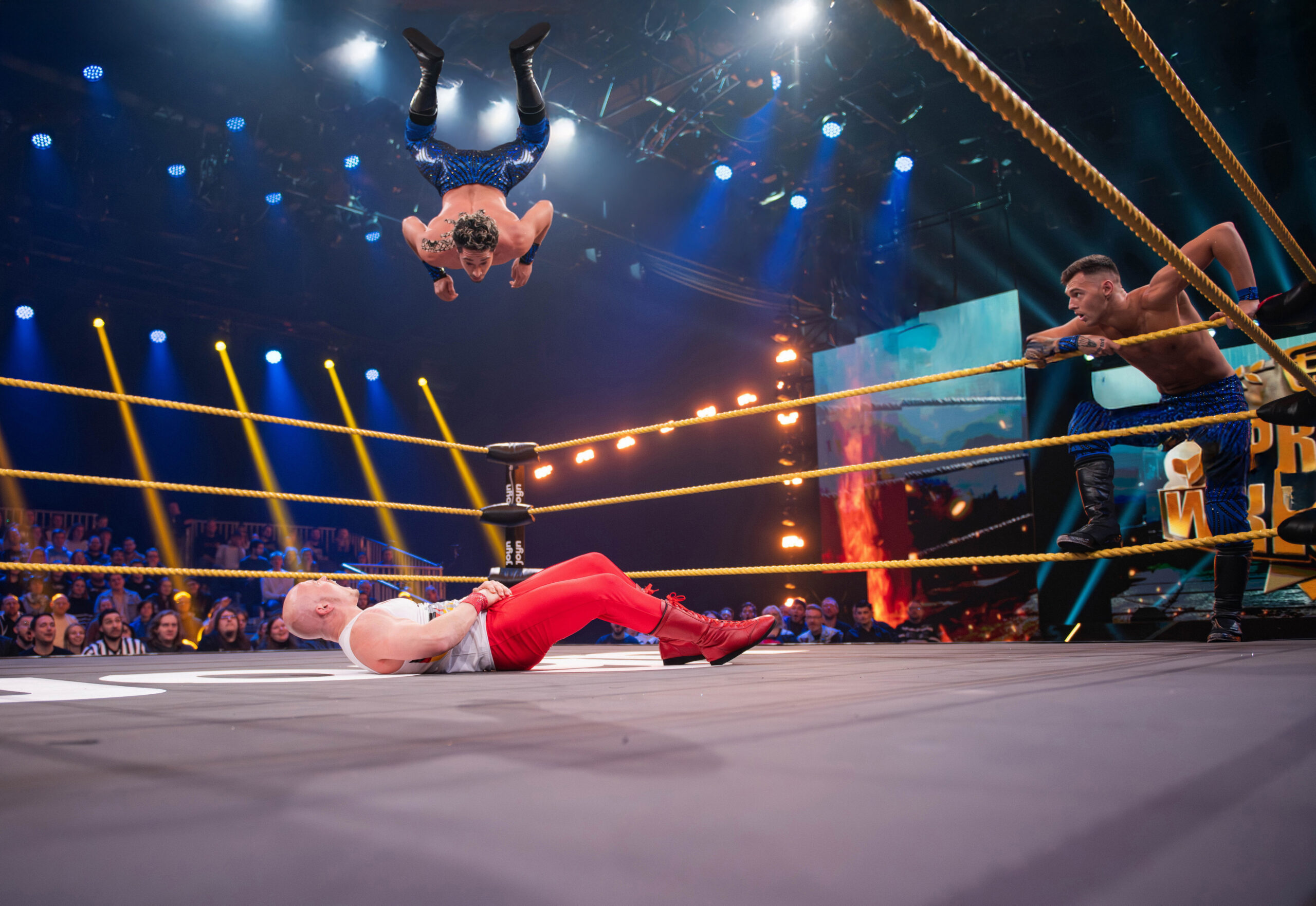OSLO, Norway – A large Kinesys automation system was specified for the 2010 Eurovision Song contest staged at the Telenor Arena in Oslo recently. The system included 80 Kinesys motors – a mix of 1 tonne and half tonnes, and K2 control – spec'd by lighting gaffer Richard Gorrod and operated by Ian Macdonald. Lighting contractor PRG supplied the equipment, and the movement was an integral element of LD Al Gurdon's design for the event.
This year's show was a departure from an LED-heavy televisual aesthetic and introduced several unique theatrical elements for the millions watching on TV and the 18,000 people watching in the arena.
The automation system allowed a different scene to be created for each of the 39 competing countries, who battled it out in three televised contests, including two live televised semi-finals. The contest culminated with the final on the evening of May 29, won by Germany's Lena, with Turkey in second place and Romania third.
The Kinesys system was used to raise and lower a 130 meter-wide upstage lighting wall running the width of the arena and bending in around the sides of stage. Directly in front of that was another wall containing 680 ChromaQ DB4 ColorBlock LED battens.
Then there were 12 scenic elements that also moved – a combination of gauzes, cloths and pearl shaped plastic balls suspended on steel wire ropes, all part of the set designed by Kirsten Weltzin, Bonsak Schieldrop, Trond Olav Erga and Audun Stjern.
The light wall trusses included six separate runs of trussing suspended on 1 tonne motors, in a 4-3-2 configuration each side of stage from offstage to onstage, (mirrored on the other side). The ColorBlock consumed another six trussing pieces, suspended on 18 half tonne motors.
The largest scenic piece, just in front of the ColorBlock wall, was an 80-meter-wide drop of choucroute a distressed transparent fabric which picks up light effectively. This was also flown on six angled trusses and 18 half tonne high speed JJ hoists.
Downstage from this, more in an onstage position, were two semi-circular trusses either side of stage, from which were hung three pieces of silk. They were flown on four JJs each.
The 24 strings of pearls were suspended from six 2.5-meter trusses, each on two JJs.
Over the B-stage were smaller replicas of the choucroute and silk elements hung on one 2.5 meter truss, and two smaller semi-circle trusses – also all movable.
All these elements were in constant motion throughout the shows – called by Al Gurdon – and used to great effect for several key moments. The largest move had 76 Kinesys hoists running simultaneously, which set the scene for Serbia's Milan Stankovic. Some elements also had to be shifted out of the way for changeovers and to allow entrances and exits.
Ian Macdonald, an experienced Kinesys operator, says that the system was an "obvious" choice, adding that "the beauty" of the K2 is that it lends itself for multiple axes of movement, all of which can be viewed simultaneously onscreen in large format, making it easier to group everything together in a logical manner. He adds that K2 enables them to effortlessly produce both subtle and spectacular special effects.
By the time it came to the show days, Macdonald had more than 300 cues in the desk.
Rich Gorrod added, "I know Kinesys is very reliable and flexible, plus PRG own lots of it, so it made complete sense to have it on this show to help make the impact that Al required."
The event was production-managed by Ola Melzig. Andy Voller and Theo Cox were the lighting programmers, Luke Chantrell was the vision controller and Mike "Oz" Owen was the LED programmer.
For more information, please visit www.kinesys.co.uk.



